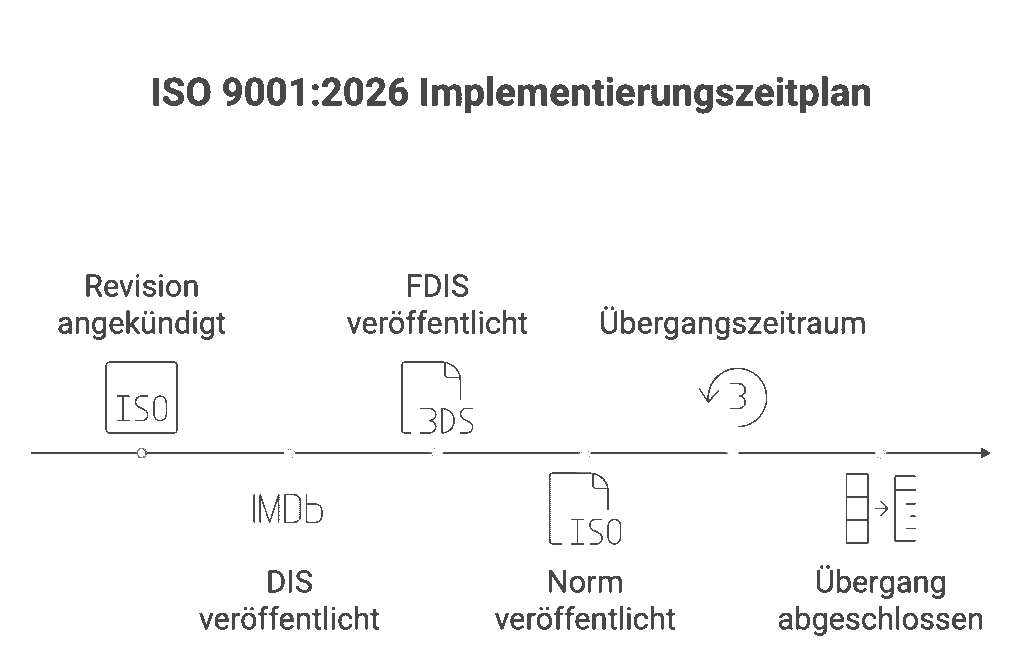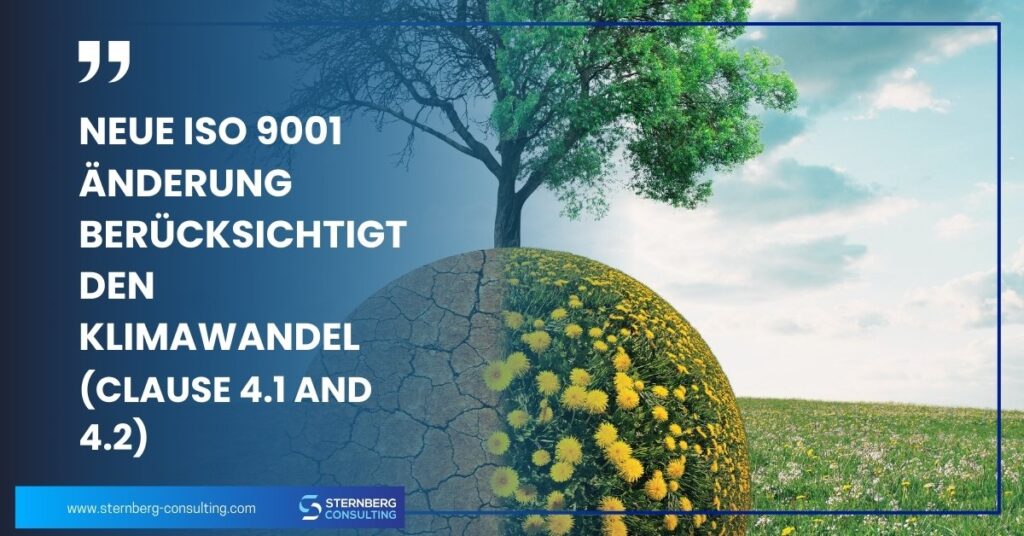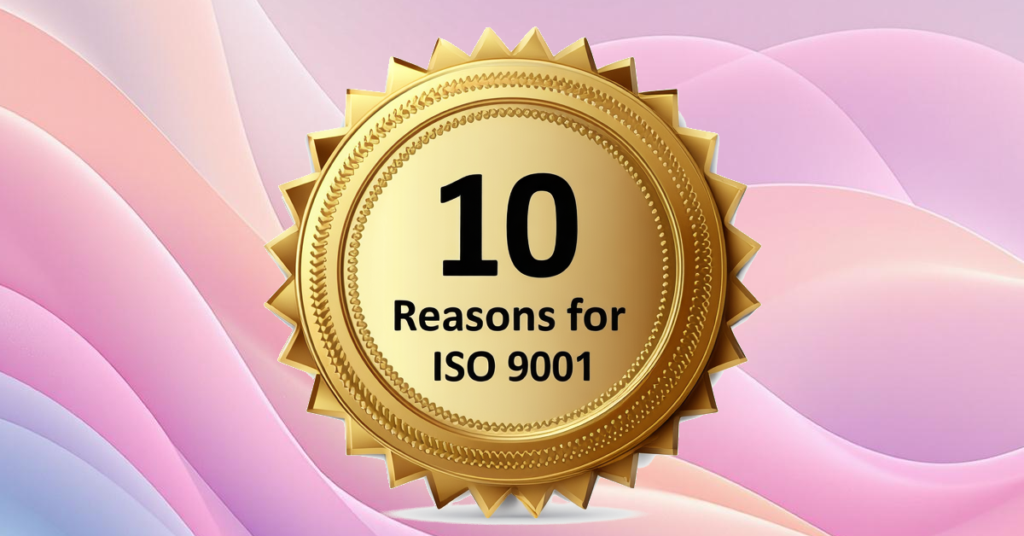ISO 9001:2026 — Prepare for the New Requirements

Introduction: Why is the 2026 Revision Coming? The quality management standard ISO 9001 will be revised in 2026, bringing it up to date for the first time in more than ten years. The current ISO 9001:2015 was published in 2015 – since then, technologies, business models, and expectations have evolved significantly. An international survey in […]
Feedback Instead of Complaints? The Key Differences

Have you ever wondered if it might be possible to simply move a complaint into a less burdensome category like feedback? This thought can easily arise when quality goals are narrowly missed and the pressure to deliver good metrics grows. That’s exactly what I came across recently: the question of whether complaints could be declared […]
ISO 9001 vs ISO 9000: Which Standard Fits Your Needs?
This article aims to elucidate the key aspects of ISO 9000 and ISO 9001, shedding light on the iso 9001 vs 9000 debate, pinpointing the iso 9000 iso 9001 difference, and guiding organizations in choosing the standard that best fits their specific requirements. It will provide a comprehensive overview of each standard, delve into their […]
Risk-Based Thinking in ISO 9001: A Systematic Approach to Risks and Opportunities

Risk-based thinking is at the core of the ISO 9001 Quality Management Sytems standard. It’s specifically addressed in clause 6.1 Actions to Address Risks and Opportunities. However, a systematic approach to risk must be implemented throughout your organization. Building a strong risk culture at all levels will help you identify, assess, and mitigate risks before […]
Understanding CLAUSE 10 “IMPROVEMENT” ISO 9001:2015
ISO 9001:2015 Clause 10 emphasizes the importance of continual improvement, corrective actions, and addressing nonconformities within a quality management system. Key Takeaways Organizations are required to determine opportunities for improvement, implement necessary actions to meet customer requirements, and enhance customer satisfaction. Improvement actions should not only focus on current requirements but also on addressing future […]
Common Pitfalls in ISO 9001 Implementation

The benefits of ISO 9001 certification are clear. Certified companies have a more robust Quality Management System (QMS), higher employee engagement and customer satisfaction, and are more profitable. In fact, 69% of non-certified companies reported losing bids to ISO 9001-certified companies at least once. So, if you want to avoid this scenario, exploring common pitfalls […]
ISO 9001:2015 Requirements of the Standard Simply Explained

Introduction: What is ISO 9001? – Simply explained ISO 9001 is an internationally recognized standard for quality management systems (QMS). It specifies the requirements that a company must meet in order to establish and maintain an effective QMS. The main objective of ISO 9001 is to increase customer satisfaction through the consistent provision of products […]
New ISO 9001 amendment takes climate change into account!

The International Organization for Standardization updated its ISO 9001:2015 Quality Management System standard in 2024. The ISO 9001 Climate Action Amendment is in effect from February 23rd, 2024. But what does it all mean? Do certified organizations have to revamp their entire QMS? Are certificates issued before the amendment still valid? And how can organizations […]
Top 10 Reasons Why You Need ISO 9001 Certification

Are you an executive looking to improve your company’s performance? Do you want more profits? How about expanding to new markets? If you answered “yes”, you’re in the right place. Today, we look into quality management system certification and how it can improve all areas of your business. We will discuss the benefits and the […]
ISO 9001 Section 10 – Improvement clearly explained
“If you rest, you rust” – a well-known saying that applies not only to the human mind and body, but also to quality management systems. Such a system must never stand still, but must continually develop. ISO 9001:2015 emphasizes the need for continuous improvement in Section 10. Corrective measures and the elimination of non-conformities are […]

